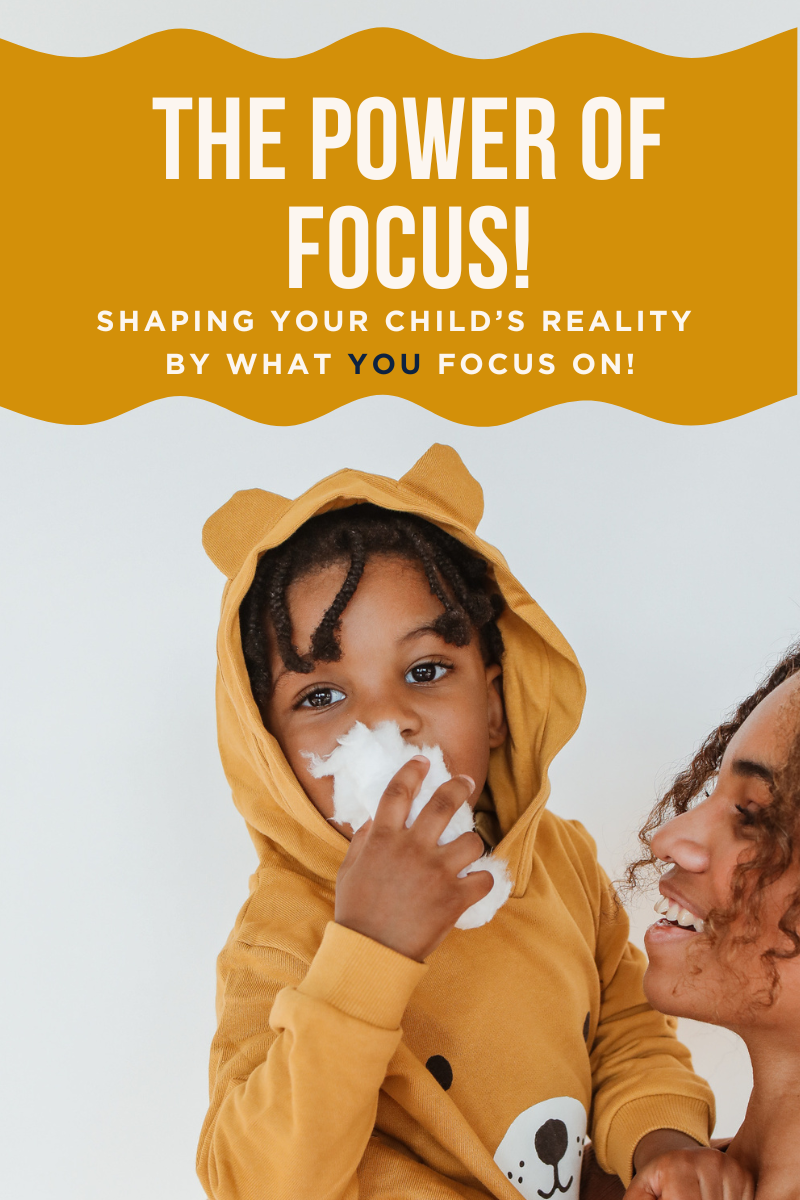Our brains are truly incredible! They process information, protect us, and generate thoughts that help us navigate the world. One of the most fascinating things about our brains is that they help us see what we expect to see. Have you ever bought a red car and suddenly noticed red cars everywhere? That’s because our attention naturally sharpens what is familiar and important to us.
This same principle applies to parenting. What we choose to focus on in our children will shape our experience with them—and theirs with us.
What Do You See in Your Child?
When you look at your child, what are you focusing on?
- Do you see their curiosity, kindness, and unique strengths?
- Or do you find yourself zeroing in on their struggles, mistakes, or areas where they don’t meet expectations?
The way we perceive our children influences how we interact with them and, ultimately, how they see themselves. If we consistently notice and highlight their positive traits, they will grow into those strengths. On the other hand, if we dwell on what they lack, that focus will shape their reality too.
The Power of Perspective
Let’s consider a simple example:
- If you focus on your child’s poor grades, every low test score will feel like a major setback.
- But if you focus on their love for making friends, their creativity, or their perseverance, you’ll start to appreciate the qualities that make them special beyond the report card.
This doesn’t mean we ignore challenges or areas for growth. Instead, it means we approach them from a place of encouragement and possibility rather than frustration or disappointment.
Be Intentional with Your Focus
Our thoughts shape our words, and our words shape our children’s beliefs about themselves. That’s why it’s so important to be intentional about how we think about, talk to, and talk about our children.
Our brains are powerful, and we have control over what we choose to focus on. Let’s use that power wisely. When we intentionally look for the good in our children, we nurture their confidence, resilience, and potential.
So, what will you choose to see in your child today?











